Fruit Trees 101
The Benefits of Planting Fruit Trees
The Best Fruit Trees to Grow in Houston
Planting Fruit Trees
Caring for Fruit Trees
As we all know, no store-bought veggie will ever tantalize your taste buds quite like one picked straight from the vine. And the same rule applies to our fruits, too! Just when you thought they couldn’t get any better (I mean, they’re all-natural desserts, what could beat that?), picked straight from the tree, they’ll knock your socks off.
The Benefits of Planting Fruit Trees
While it’s easy to get caught up in the excitement of a new fruit tree – envisioning the most delicious apple pies, peach cobblers, and cherry turnovers – it’s important to remember that, like all good things, growing fruit takes time. However, the payoff is beyond worth it in more ways than one! Not only will you enjoy the most mouthwatering flavors possible, you’ll also enjoy more concentrated health benefits. Plus, you’ll be getting a tree that lives for decades and makes a statement in your landscape that will even increase your property value! (Cha-ching!)
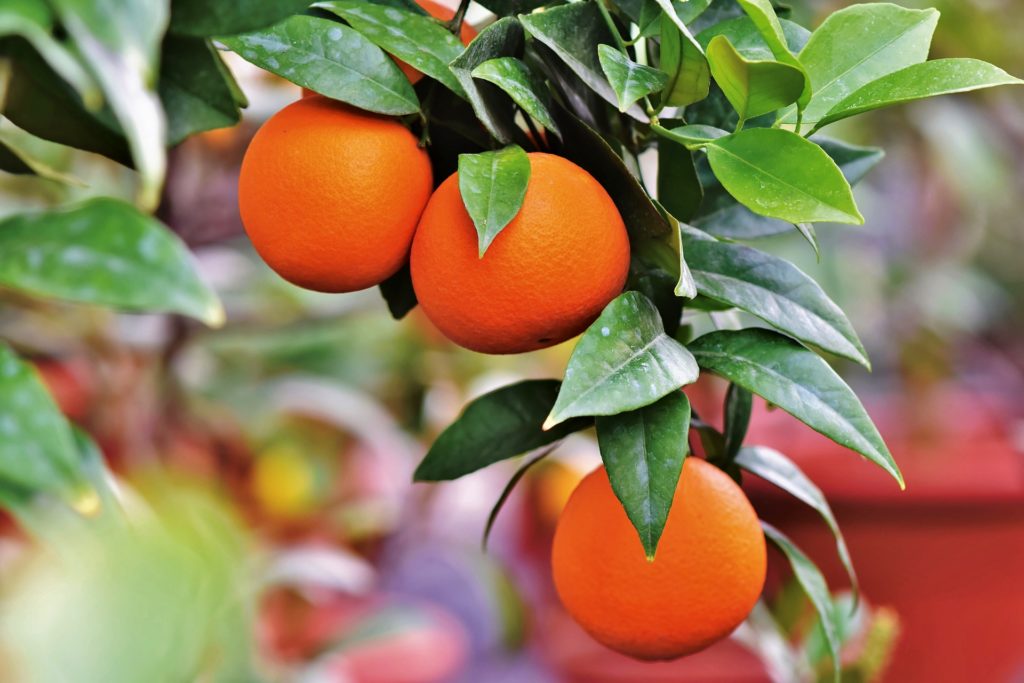
The Best Fruit Trees to Grow in Houston
We’re lucky here in Houston to have some pretty spectacular weather year-round, giving us a much longer growing season than many of our fellow Americans to the north. Sure, we have our occasional nip of frost in the winter, but our weather is still temperate enough that we can grow many of the fruits we set our eyes on. Here are some of our favorites to grow:
- Apples
- Peaches
- Nectarines
- Plums
- Pears
- Pomegranates
- Figs
- Citrus
Even avocado is a fruit! Check out our blog on how to grow avocado.
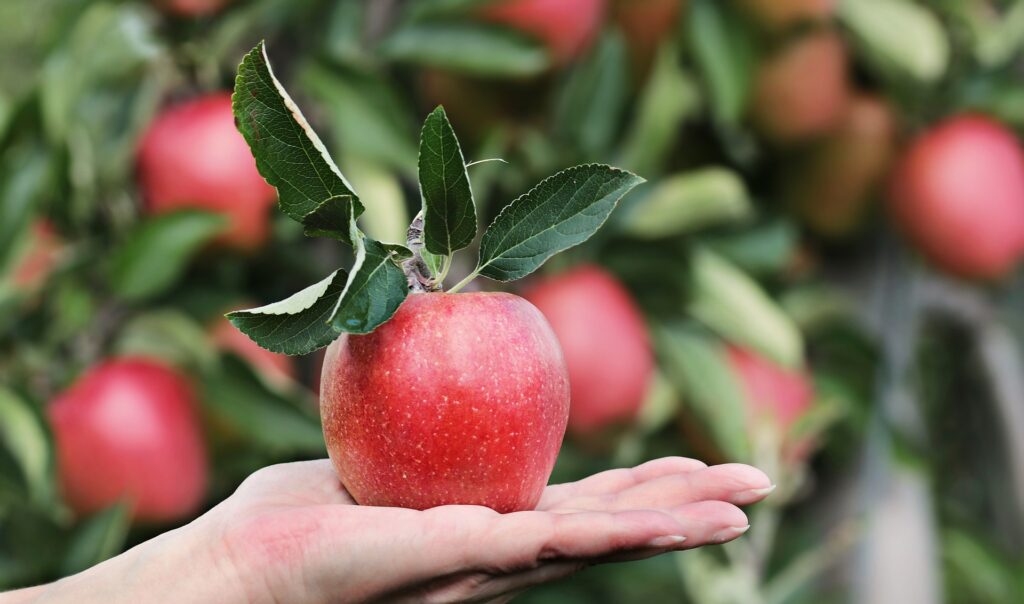
Planting Fruit Trees
Once you’ve decided what you’re going to grow, it’s time to get started on bringing your heavenly harvest into this world. While it is true that you can start your tree from seed, you’d better have patience if you take that route – it will be years before you’ll see the fruits of your labor. To speed up the process and provide a more foolproof growth, we recommend starting with a tree that we’ve already nurtured through its infancy.
With a tree in-hand, the next question you’ll want to ask is when to plant your fruit tree. The best time to plant a fruit tree here in Houston is between late fall and early spring. This will give your tree plenty of time to set its roots before the heat of the summer sets in.
Now that you’ve got your when, you’ll also want to ask where to plant your fruit tree. For best performance and harvests, find a spot in your yard that gets at least 6-8 hours of full sun. Once you’ve found a spectacularly sunny spot, check the soil. Rich, well-draining soil is ideal, so if you need to make some amendments, now’s a perfect time!
To plant, dig a hole that is the same height and twice as wide as your root ball. Add a layer of expanded shale and sprinkle in some MicroLife. Set your tree in the center of the hole and spread out the roots gently. Then, fill in your hole, but don’t pack down the soil yourself. Instead, once it’s covered, give it a good, thorough watering to settle in both the soil and the roots, and add a layer of mulch on top to help lock in moisture.
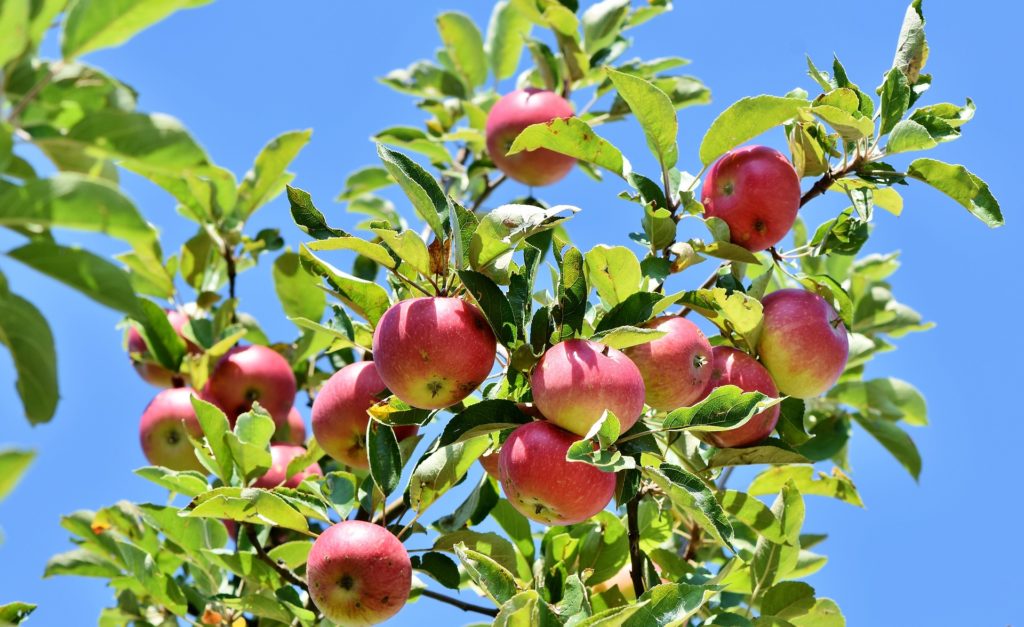
Caring for Fruit Trees
While your fruit tree is still young and developing, you’ll also want to give it some extra TLC and water it with a liquid root stimulator every month. Our Favorite is MicroLife Super Seaweed.
During its first few years of life, while the roots are still establishing, you’ll want to water your fruit tree about 1-2 times per week, depending on how hot it is. Fertilizer, on the other hand, does not have to be quite as persistent. Most fruit trees don’t need fertilizer every year, and too much can often mean more leaves and fewer fruits (no, thank you). If you feel your tree needs a little pick-me-up, you can give them a slight boost in spring before the buds break.
Pruning is a great way to help promote air movement and new growth. It will also help disperse more sun on both the leaves and fruit for even more fantastic flavor. Give them a good, healthy trim in spring before new growth starts, but be careful not to trim any promising buds or growths that may have already started!

Though they may take a little TLC to get started, once you harvest your first fresh bounty, you’ll forget all the hassle with one bite. For a little work up front, you’ll certainly reap the rewards tenfold for years and years to come – talk about sweet!

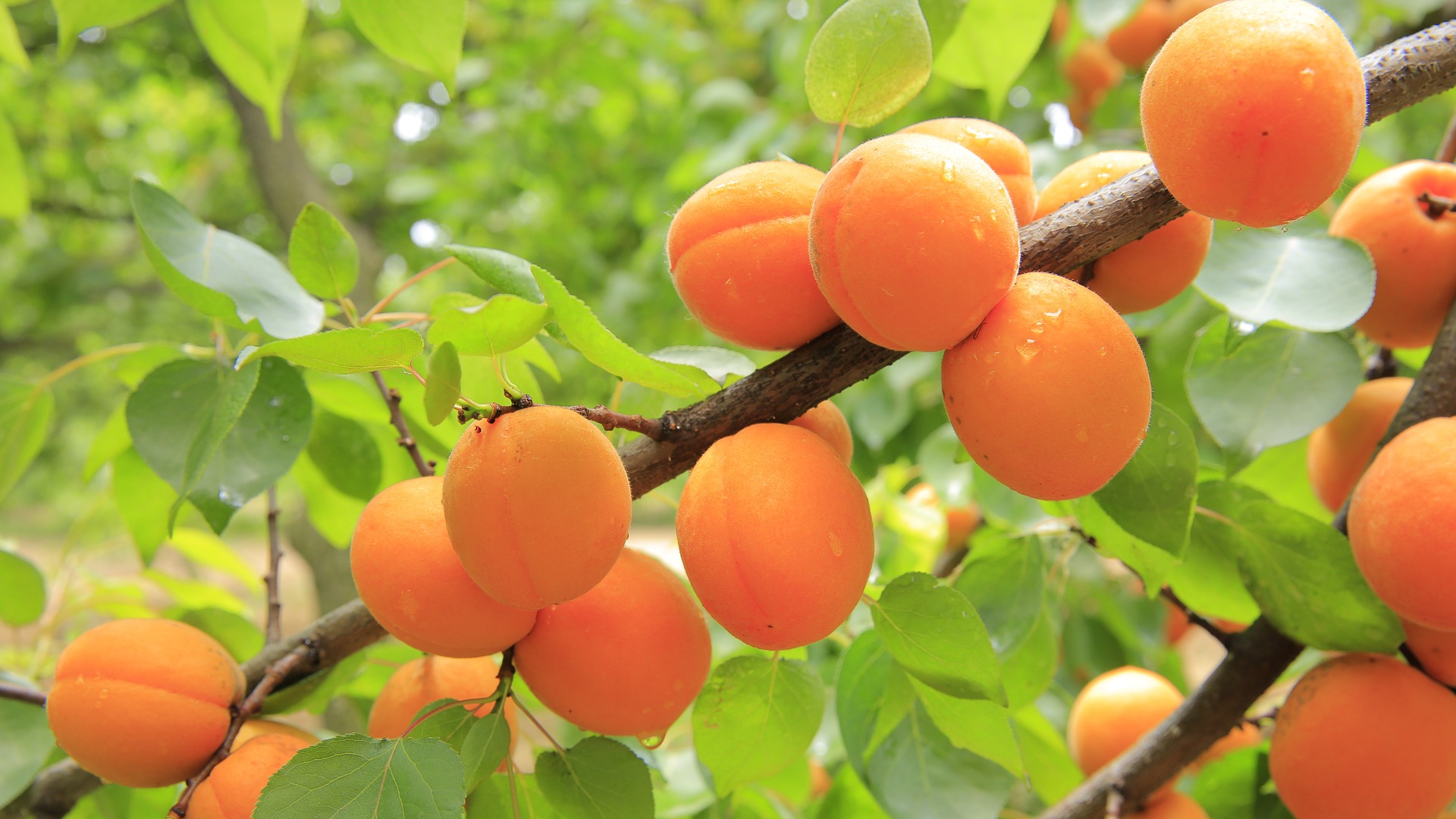

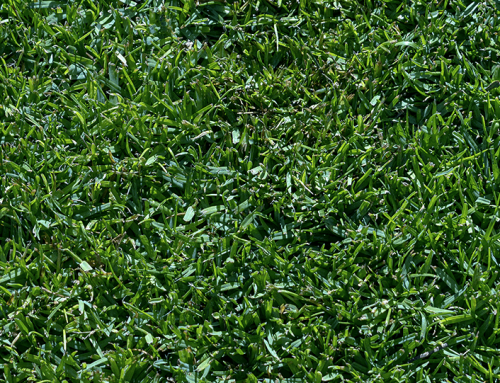
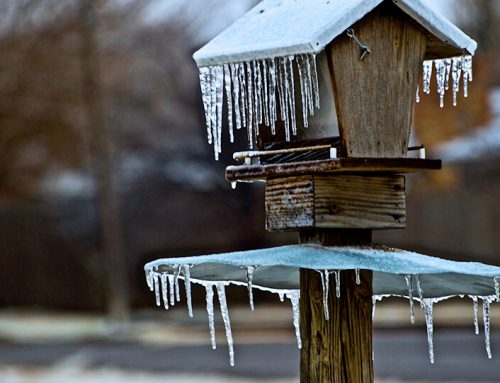
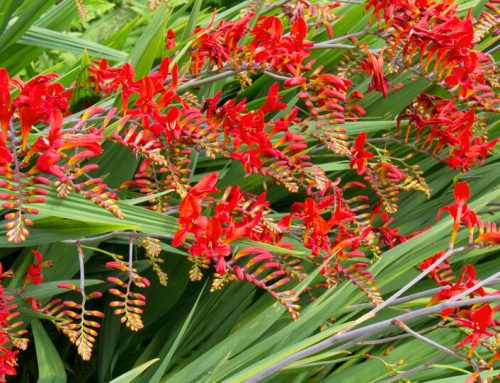
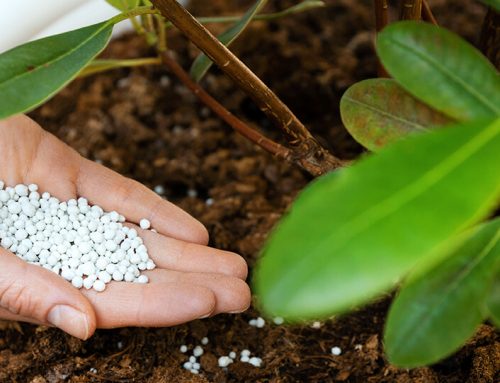
Thank you for letting us know that pruning is a good way for us to promote air movement and new growth for our fruit trees since dispersing more sun on both the leaves and fruit will give it an even more fantastic flavor. Speaking of fruit trees, I recently started a farm for apple trees, and I was hoping to get tips on how to take care of them properly to ensure a good harvest. I’ll keep this in mind while I look for professional tree services to hire for tree care soon.